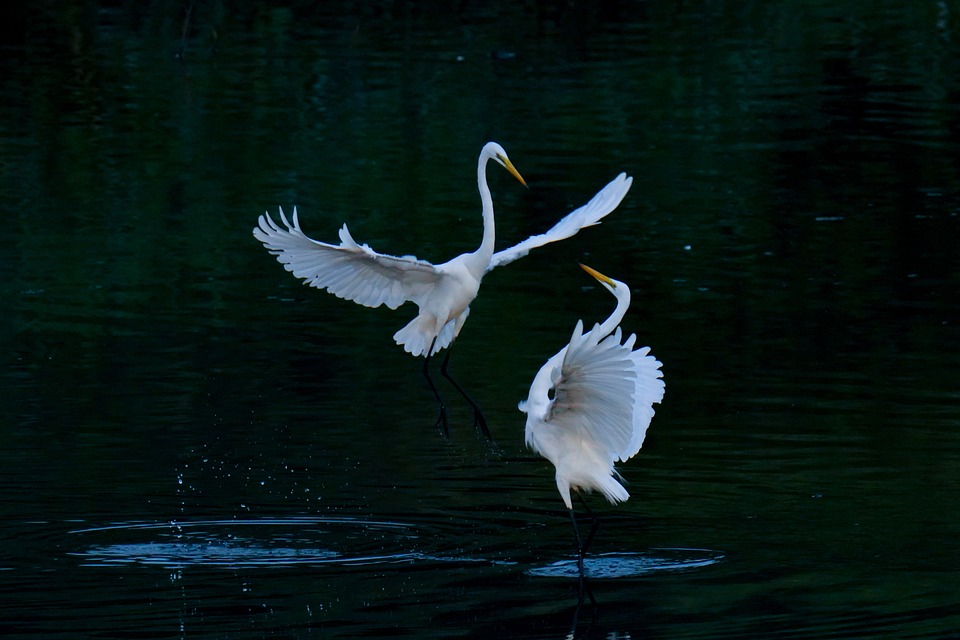Plastic pollution is a global crisis that is wreaking havoc on our oceans and marine life. While we often think of plastic pollution in terms of large, visible pieces of plastic debris, such as bags and bottles, there is another, more insidious form of plastic pollution that poses a significant threat to wildlife: microplastics.
Macroplastics are larger pieces of plastic that are easily visible to the naked eye. These can include items like bags, six-pack rings, straws, bottles, ropes, and take-out containers. When macroplastics end up in the ocean, they can pose a threat to marine life through entanglement or ingestion. Animals like sea turtles, seabirds, and marine mammals can become entangled in plastic debris, leading to injury or death. Additionally, marine animals may mistake plastic for food, leading to ingestion and potential harm to their digestive systems.
However, the dangers of plastic pollution extend beyond just macroplastics. When plastic breaks down into smaller particles, known as microplastics, it becomes an even greater threat to marine life. Microplastics are particles smaller than five millimeters in size and make up over 90% of surface water marine plastics. These tiny particles can be ingested by small fish, plankton, and other marine organisms, ultimately working their way up the food chain.
Microplastics can have serious consequences for marine life. When ingested, they can block the gastrointestinal tract of animals, preventing them from digesting food properly. This can lead to a decline in feeding behavior, lowered fertility, and slowed growth and development in some species. Additionally, microplastics can contain harmful toxins that can be passed up the food chain, ultimately reaching larger marine animals and even humans.
One source of microplastics that often goes unnoticed is microbeads, tiny plastic particles used as exfoliants in health and beauty products. While microbeads have been banned in some countries, they are still present in many products around the world. These microbeads can easily pass through water treatment processes and end up in our waterways, contributing to the microplastic pollution problem.
In addition to microplastics, another significant issue contributing to plastic pollution in the ocean is ghost gear. Ghost gear refers to lost, abandoned, or discarded plastic fishing gear that remains in the ocean, continuing to trap marine animals long after it has been discarded. This gear can drift on ocean currents, ensnaring marine life and causing harm to ecosystems. Ghost gear not only poses a threat to marine animals but also causes financial losses to fisheries and damage to boats.
In conclusion, plastic pollution in the form of macroplastics, microplastics, and ghost gear poses a serious threat to marine life and ecosystems. It is crucial that we take action to reduce our use of single-use plastics, properly dispose of plastic waste, and support initiatives aimed at cleaning up our oceans. By working together to address the plastic pollution crisis, we can help protect marine life and preserve the health of our oceans for future generations.





